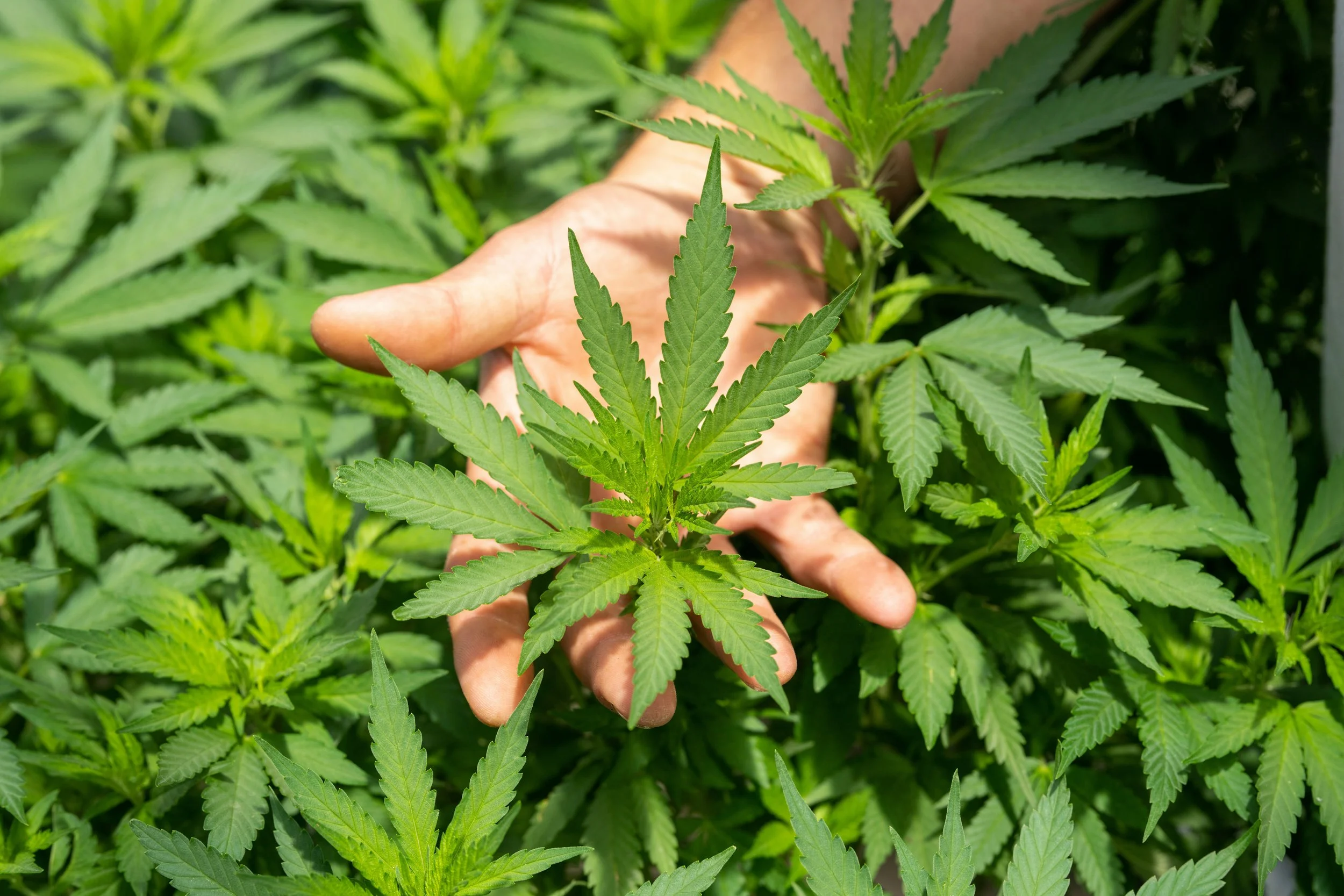Navigating Hemp's Modern Supply Chain
Weaving a Sustainable and Profitable Future
Hemp, a fiber with an ancient history, is re-emerging as a cornerstone of the modern textile industry. For brands committed to sustainability and innovation, understanding hemp's full potential and its complex supply chain is crucial. This article outlines how to navigate hemp cultivation, processing, and ethical considerations to build a resilient and responsible product line that meets consumer demand for eco-conscious materials.
Hemp's Unique Qualities: The Performance Advantage
Hemp offers a compelling alternative to conventional fibers, boasting a natural blend of strength, breathability, and durability. Its long bast fibers create a robust yarn that resists wear and tear, making it ideal for everything from durable denim to high-quality upholstery. Unlike cotton, hemp's texture softens with each wash, offering a linen-like feel that appeals to consumers seeking both comfort and longevity. This natural resilience allows brands to design products that are built to last, supporting a "buy less, choose well" philosophy.
Hemp also offers significant agricultural benefits. As a rotational crop, it can reduce weed pressure and increase yields in subsequent crops like corn, soybeans, tobacco, and wheat by up to 10–20%. Due to its vigorous growth and natural resistance to disease, hemp can be grown with low to no pesticide inputs. Its extensive and deep root system helps to aerate the soil, build soil aggregates, and prevent erosion. Furthermore, hemp is an effective tool for phytoremediation, as it can extract heavy metals, dioxin, pesticides, and radioactive materials from polluted soil.
Cultivating a Transparent and Ethical Supply Chain
While hemp is naturally a sustainable crop, its production can have unintended consequences if not managed responsibly. Brands must partner with suppliers who prioritize sustainable cultivation and ethical processing.
Until recently, most hemp textiles had to be imported because the U.S. lacked the specialized equipment and infrastructure to process hemp fiber at scale. That is beginning to change: new decortication and spinning facilities are coming online, opening the door for domestic sourcing and reduced reliance on overseas supply chains. This shift not only supports regional economies but also lowers the carbon footprint associated with long-distance transport, creating exciting opportunities for brands committed to local and transparent supply chains.
Sourcing:
Organic & Regenerative Farming: Prioritize sourcing from farms that practice organic or regenerative agriculture. These methods eliminate synthetic pesticides and fertilizers while actively improving soil health, sequestering carbon, and enhancing biodiversity. Because hemp is a "nitrophile" with high fertilization needs, over-reliance on synthetic nitrogen fertilizers can create environmental risks such as water contamination and greenhouse gas emissions. Using cover crops, compost, and manure provides the necessary nutrients while building soil health and preventing runoff.
Fair Labor Practices: Ensure that your suppliers, from the field to the factory, adhere to fair labor principles. Verifying fair wages, safe working conditions, and the absence of exploitation builds a strong, ethical foundation for your brand. Due diligence is especially important in regions with weak labor protections, where risks like child labor or land rights violations may arise.
Processing:
Retting and Decorticating: The most water- and chemical-intensive part of hemp’s production is retting. Work with suppliers who use dew retting or advanced enzyme-based methods to reduce water use and pollution. Facilities that implement closed-loop water systems and energy-efficient mechanical processes for scutching and spinning can also minimize their carbon footprint.
Finishing: Opt for eco-friendly finishing processes, such as hydrogen peroxide bleaching, to avoid harmful chemicals.
Certifications: Building Trust and Verifying Claims
In a crowded market of "green" claims, certifications provide independent verification and build consumer trust. Brands should seek out suppliers who have achieved one or more of these standards. Textile Exchange, a global non-profit, is a key resource in this area, guiding the industry toward more purposeful production and developing a unified standard system to ensure accountability.
Key standards include:
GOTS (Global Organic Textile Standard): The gold standard for organic textiles, verifying both environmental and social compliance throughout the supply chain.
OCS (Organic Content Standard): Verifies the percentage of organic material in a product through a clear chain of custody.
Regenerative Organic Certified (ROC): Goes beyond organic by addressing animal welfare and social fairness.
Preferred by Nature Sustainability Framework & ISCC (International Sustainability & Carbon Certification): Cover a wide range of environmental and social criteria, including biodiversity protection and responsible agricultural practices.
Supporting a Sustainable Ecosystem: Key Industry Organizations
The future of hemp depends on collaboration across the entire supply chain. A number of organizations are working to ensure its responsible growth.
Global Alliances: The Federation of Industrial Hemp Organizations (FIHO), the European Industrial Hemp Association (EIHA), and the Latin America Industrial Hemp Association (LAIHA) all work to promote hemp through policy advocacy, supply chain development, and fair regulations.
National Leaders: In North America, the National Industrial Hemp Council (NIHC), Hemp Industries Association (HIA), National Hemp Growers Association (NHGA), and U.S. Hemp Roundtable each play important roles in research, advocacy, education, and building reliable markets.
Closing the Loop: Hemp's Role in a Circular Economy
Hemp’s natural properties make it an ideal fiber for a circular model. Brands can design for longevity and end-of-life from the start.
Durability and Repair: Create products that last and can be repaired, reducing the need for replacement.
Recycling and Upcycling: Hemp’s strong fibers can be mechanically recycled into new yarns, reducing waste and demand for virgin materials.
Biodegradability: Pure hemp products are fully biodegradable, giving them a clear advantage over synthetics and supporting a closed-loop system.
It’s important for brands to be cautious with carbon claims. According to life-cycle assessment (LCA) rules, carbon sequestration can’t be credited unless it lasts more than 100 years. The carbon in natural fibers is considered “biogenic carbon” and eventually returns to the atmosphere at the product’s end of life.
Final Thought
By embracing hemp with a focus on sustainable sourcing, transparent processing, and certified ethical practices, brands can not only create high-quality, long-lasting products but also position themselves as leaders in a greener, more responsible textile industry.
